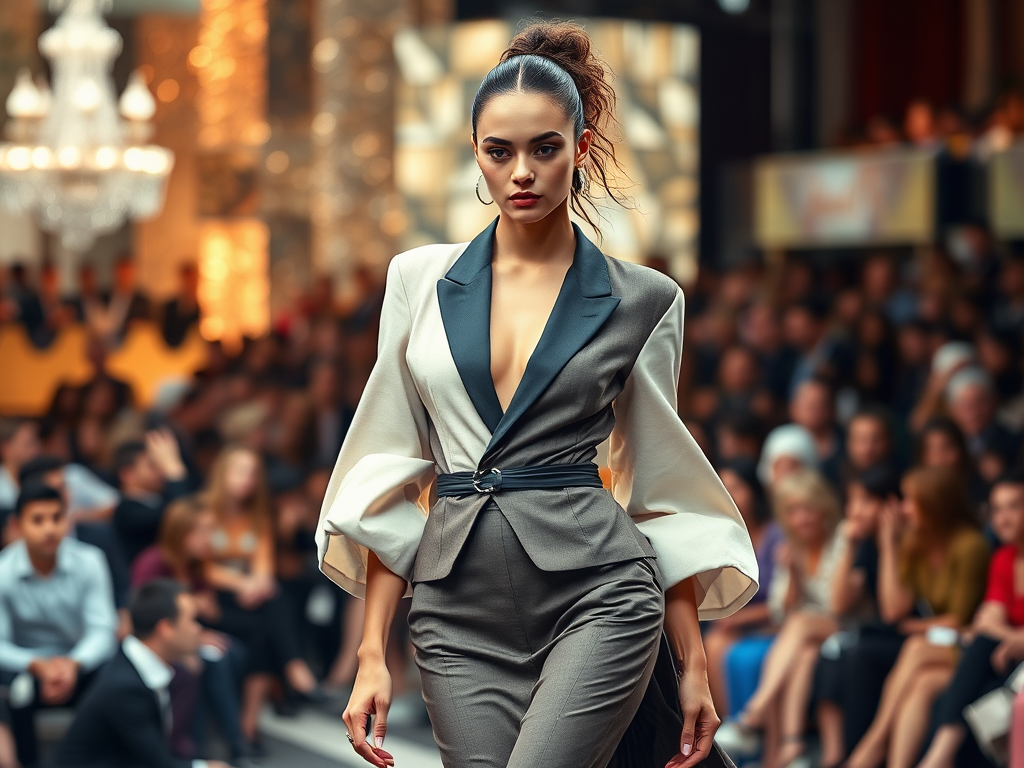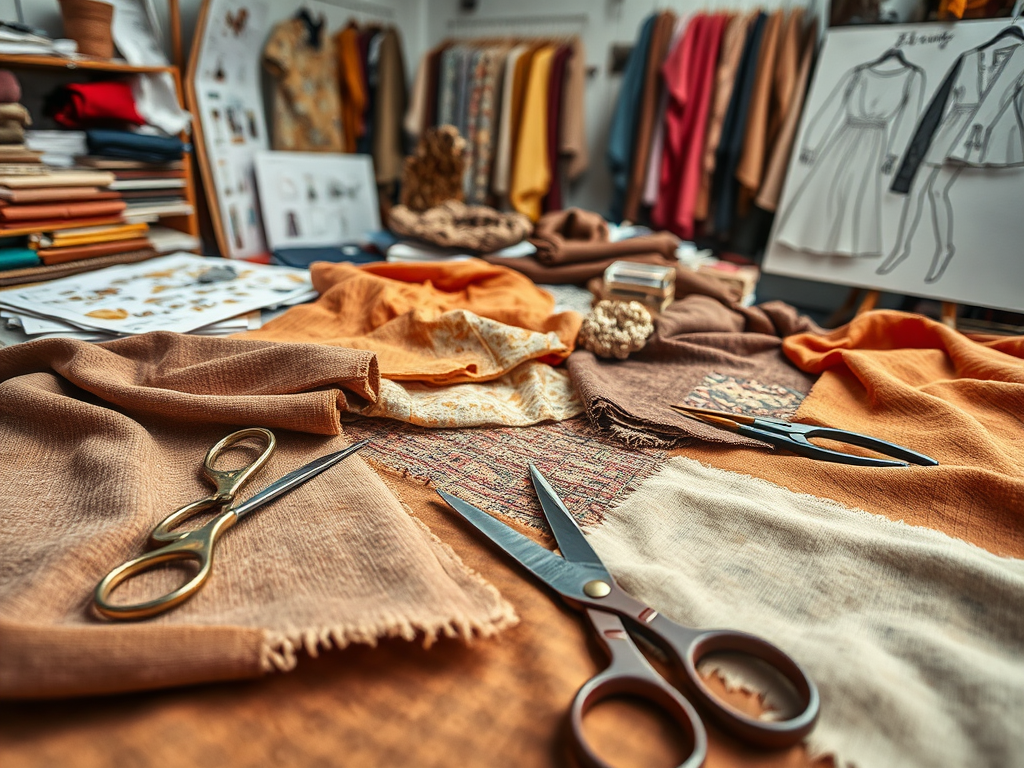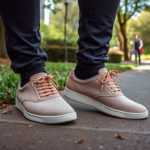Decoding Fashion Runway Outfits: Fabrics, Cuts, and Textures

Fashion runways serve as a vibrant tapestry where creativity meets wearable art. With each new season, designers showcase an array of outfits that challenge traditional notions of style while pushing the boundaries of fabric, cut, and texture. As spectators, we are not just viewing clothing; we are witnessing a narrative brought to life through intricate details and innovative designs. Understanding these elements can transform our interpretation of fashion, allowing us to appreciate the subtleties that make each outfit unique. Whether you’re an aspiring designer, a fashion enthusiast, or simply curious, decoding the essence of runway outfits is a captivating journey. In this article, we’ll break down the fundamental aspects of fabrics, cuts, and textures, ultimately enhancing our appreciation for this dynamic art form.
The Importance of Fabrics in Fashion Design

Fabrics are the backbone of any fashion collection; they determine not only the aesthetic appeal but also the practicality of the designs featured on the runway. Choosing the right fabric can enhance the movement, drape, and overall impression of an outfit, making it vital for designers to consider. For instance, a flowing gown made of chiffon can exude an ethereal quality, while structured garments in denim can convey a sense of casual cool. Various types of fabrics are commonly used in fashion, and each has its unique properties that can influence design choices. From luxurious silks to robust cottons, the variety is vast and impactful. Therefore, fabric selection is not just a matter of preference but a critical element that shapes the entire clothing experience.
| Fabric Type | Properties | Uses |
|---|---|---|
| Cotton | Breathable, soft, easy to care for | Casual wear, summer clothing |
| Silk | Lustrous, soft, drapes beautifully | Evening wear, blouses |
| Wool | Warm, durable, moisture-wicking | Winter coats, suits |
| Polyester | Durable, wrinkle-resistant, versatile | Sportswear, casual items |
The Art of Cuts in Fashion

The cut of a garment is akin to the skeleton of a structure; it defines the overall silhouette and aesthetic. Different cuts can alter the way fabric falls on the body, affecting how an outfit interacts with its surroundings and the individual wearing it. Designers use various cuts to achieve specific visual effects and styles, which can drastically change the impression an outfit creates. Whether it’s a tailored blazer that accentuates the shoulders or a flowing maxi dress designed to enhance femininity, the cut is fundamental to the garment’s identity. Moreover, cuts can either hide or highlight features, allowing designers to play with proportions creatively. With a keen understanding of cuts, one can not only choose clothing that flatters their figure but also embrace diverse styles that speak to their personality.
- A-Line: This classic cut flares out from the waist, providing a flattering shape for most body types.
- Shift: Known for its relaxed fit, the shift dress hangs straight from the shoulders, offering both style and comfort.
- Asymmetrical: Often used to introduce a contemporary edge, this cut creates an interesting and unconventional look.
Exploring Textures in High Fashion
Textures introduce a new dimension to fashion design, creating depth and complexity that can elevate a simple outfit into something extraordinary. The interplay of smooth, rough, shiny, and matte fabrics engages the senses, allowing fashion to transcend visual appeal. In high fashion, the choice of texture can tell an entire story; a sleek satin dress might evoke sophistication, while a chunky knit could suggest coziness and warmth. Designers frequently experiment with layering different textures, which can lead to unique and surprising combinations that are both striking and aesthetically pleasing. For instance, pairing a delicate lace top with a leather skirt can create a beautiful contrast of softness and toughness. By understanding how texture plays into the overall design, we gain insight into why certain outfits resonate more than others.
- Smooth vs. Rough: Smooth fabrics like silk reflect light beautifully, giving an elegant appearance, while rough textures like linen or denim provide a more laid-back vibe.
- Layering Textures: Combining different textures, such as pairing a cotton dress with a suede jacket, adds visual intrigue and creates a more dynamic outfit.
- Color and Texture: The right texture can enhance color vibrancy, making hues appear brighter or more muted, thus significantly influencing the overall look.
Conclusion
Decoding fashion runway outfits involves more than just a glance; it requires a keen understanding of fabrics, cuts, and textures that shape each design. These components work harmoniously to create garments that not only dazzle on the runway but also resonate with the audience. The careful selection of fabric can dramatically alter an outfit’s feel, while unique cuts offer limitless possibilities for style. Textures add alluring depth and can transform a mundane look into something visually captivating. As we delve deeper into these elements, we enhance our appreciation for the creativity and craftsmanship that define the world of fashion. Understanding these core aspects allows us to view runway pieces through a more educated lens, fostering an appreciation for the artistry in every outfit crafted.
Frequently Asked Questions
- What is the significance of fabric choice in fashion? Fabric choice directly impacts the look, feel, and functionality of an outfit, influencing everything from comfort to style.
- How do cuts affect the perception of body shape? Different cuts can emphasize or downplay various body parts, helping create a tailored look that enhances a person’s natural silhouette.
- What role does texture play in fashion design? Texture adds dimension to clothing, contributing to the overall aesthetic and allowing for creative expression through contrasting materials.
- Are certain fabrics more suitable for particular seasons? Yes, lighter fabrics like cotton and linen are preferred in warmer months, while heavier fabrics like wool are more suited for colder seasons.
- How can I incorporate runway trends into my wardrobe? You can choose key pieces that reflect runway cuts and fabrics or experiment with layering textures to transform your everyday outfits.




